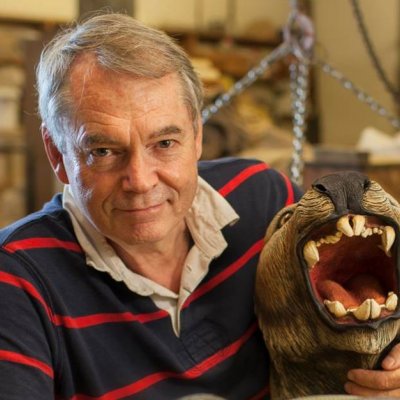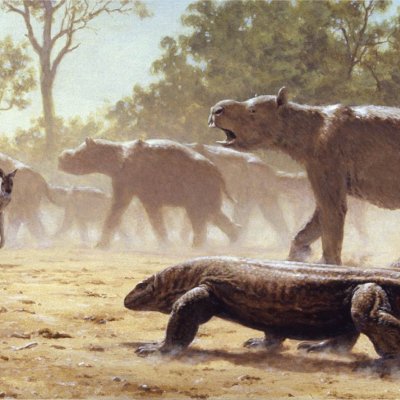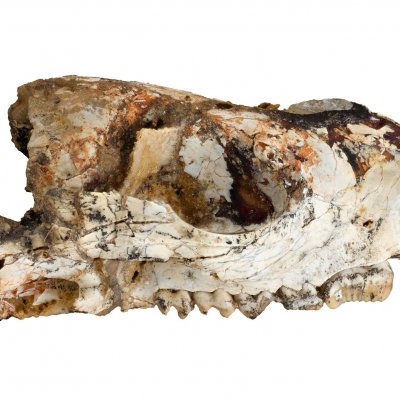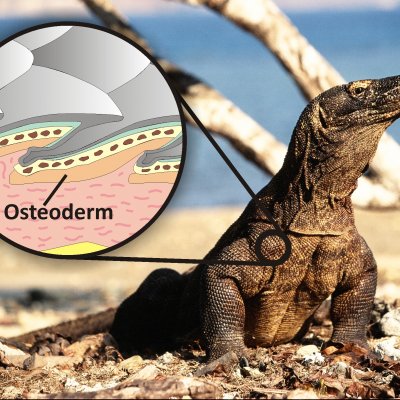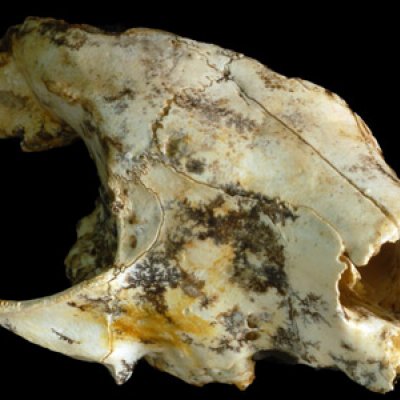Australia’s world-first evolutionary discoveries will be showcased in a public lecture at The University of Queensland next week.
3 October 2019The fossils of two extinct mice species have been discovered in caves in tropical Queensland by University of Queensland scientists tracking environment changes.
24 September 2018Fanged kangaroos – an extinct family of small fanged Australian kangaroos – might have survived at least five million years longer than previously thought.
13 October 2017A giant prehistoric Ice Age marsupial related to wombats and koalas has been discovered to be the only marsupial known to have ever followed annual seasonal migration.
27 September 2017Researchers believe the discovery of a new genus and two new species of extinct non-hopping kangaroos could shed light on the ancestry of all kangaroos and wallabies living today.
22 February 2016As if life wasn’t hard enough during the last Ice Age, research led by the University of Queensland has found Australia’s first human inhabitants had to contend with giant killer lizards
24 September 2015Palaeontologists from The University of Queensland (UQ) and The University of New South Wales (UNSW) have named a newly discovered extinct species of koala after Australian icon, Dick Smith.
30 May 2013